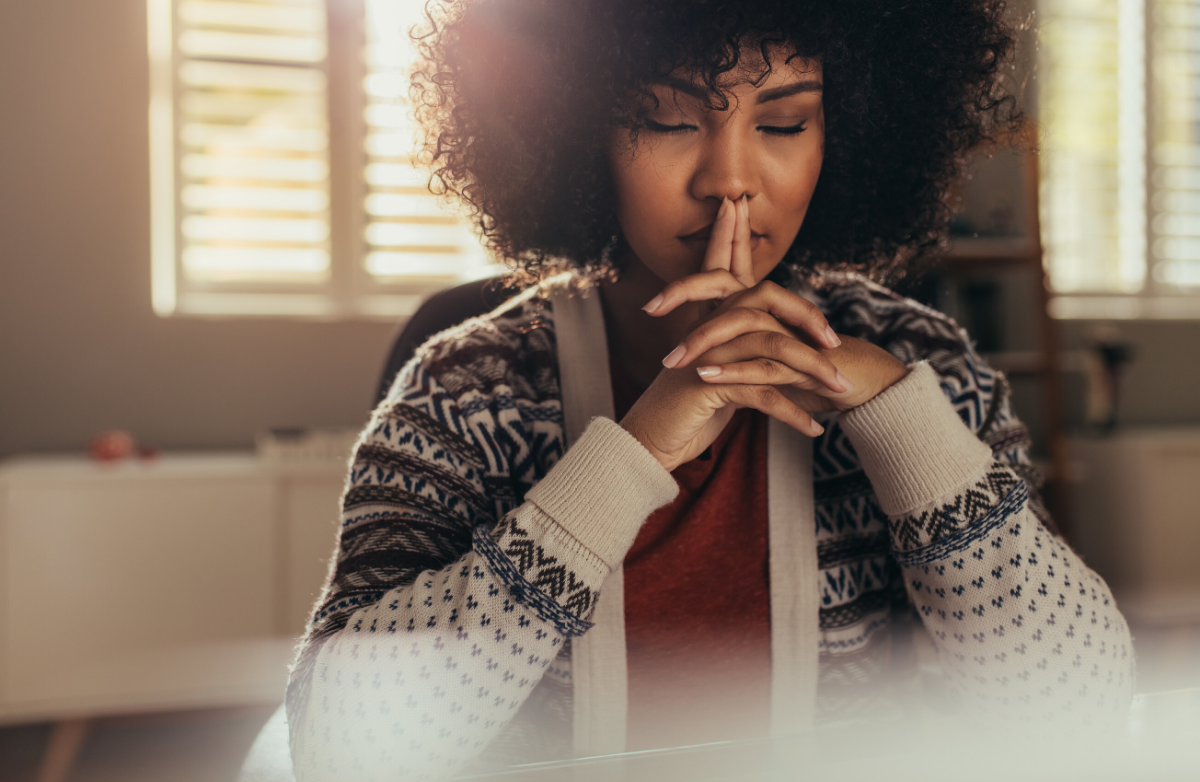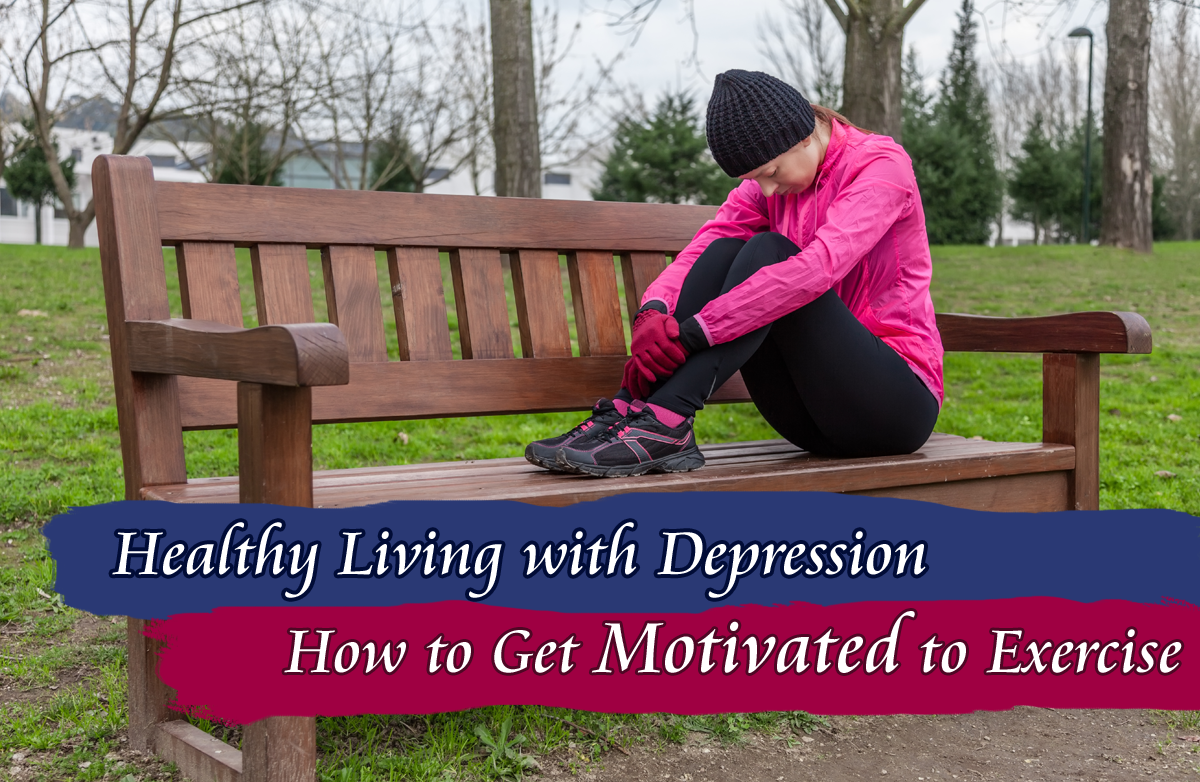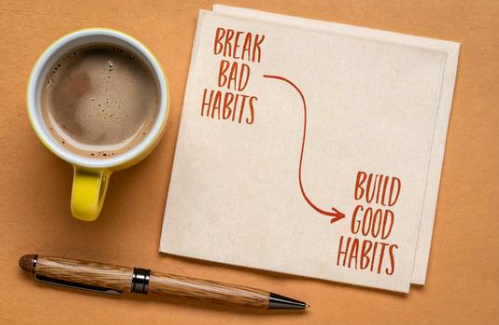Our lives are increasingly tied to screens. From phones and tablets to computers and TVs, digital devices dominate our days. While technology keeps us connected and informed, overuse can affect mental, physical, and emotional well-being. A digital detox—a planned break from screens—can help restore balance, improve focus, and reduce stress.
Why Consider a Digital Detox?
Excessive screen time can contribute to:-
Stress and anxiety – Constant notifications and social media updates can overwhelm the mind.
-
Sleep problems – Blue light from screens can interfere with your body’s natural sleep cycle.
-
Neck and back pain – Prolonged screen use often leads to poor posture.
-
Decreased focus and productivity – Frequent distractions can make it harder to concentrate.
Taking intentional breaks from technology gives your brain a chance to recharge and improves overall well-being.
How to Start Your Digital Detox
-
Set Clear Goals – Decide which devices or apps you want to limit. Do you want to reduce social media use, cut back on email checking, or avoid screens before bedtime? Being specific makes your goals easier to achieve.
-
Schedule Screen-Free Times – Start small with 30–60 minutes of screen-free time each day, then gradually extend it. Consider device-free meals, walks outside, or evening wind-down routines.
-
Create Tech-Free Zones – Designate areas in your home where screens are off-limits, like the bedroom or dining area. This encourages better sleep and family interaction.
-
Replace Screen Time with Mindful Activities – Use breaks to read, meditate, journal, exercise, or spend time outdoors. These activities provide mental rest and improve mood.
-
Limit Notifications – Turn off non-essential notifications so you’re not constantly interrupted. This can reduce anxiety and increase focus.
-
Track Your Progress – Reflect on how reducing screen time affects your mood, energy, and sleep. Keep a journal to notice patterns and successes.
Tips to Make Your Digital Detox Last
-
Start gradually and be realistic. Suddenly, complete disconnection may feel overwhelming.
-
Use apps or settings that monitor screen time to stay aware of usage.
-
Invite friends or family to join you, making it a shared commitment.
-
Remind yourself of the benefits—better sleep, more focus, improved relationships, and reduced stress.













